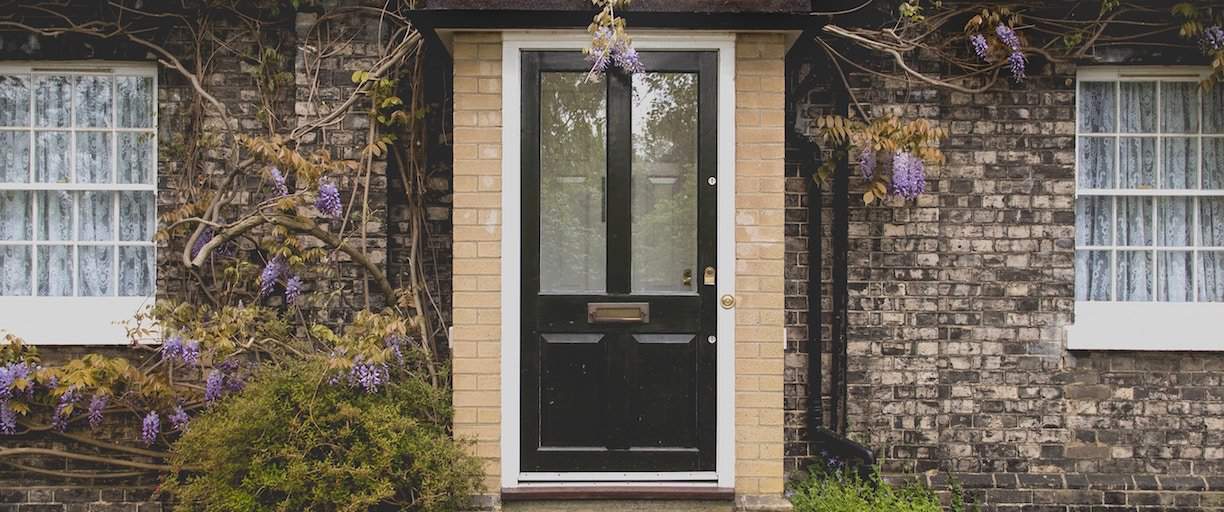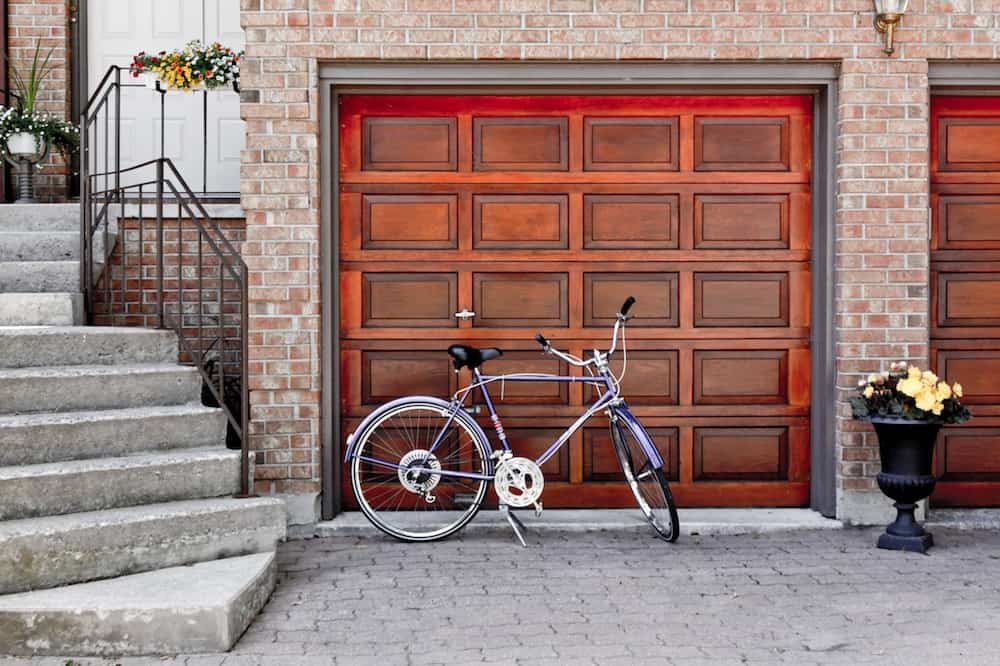
Multi-family house hacking is an incredibly effective tactic you can use to live for free.
But what if you don’t actually want to live in a multi-family property?
What if you have your heart set on living in a classic, suburban, detached single-family home?
The good news is – there is more than one way to come up with your monthly mortgage payment. Housing is the largest expense faced by nearly everyone, so eliminating (or at least reducing) it can have a great potential impact on your savings rate.
Here are seven ways to have someone else cover a sizeable portion (if not all) of your housing payment, so you can put more of your money towards investments (or your 1980's action figure collection, or your prize-winning purebred dog, or whatever else floats your boat)!
1. Bring in a Foreign Exchange Student
My partner, Deni Supplee, faced this very dilemma: she and her husband loved their suburban single-family home and didn’t want to go anywhere. But their children had all moved out, and both the house and the mortgage payment were, well, big!
So she got creative. Deni and Jerry missed having children in the house and wondered if there was a way to temporarily offer a home to other children while being compensated for the work and expense.
After some research, she found a foreign exchange student placement service that offered an attractive monthly stipend to host families (message me at Brian “at” sparkrental.com if you want more details about the service she used). The placement company screened Deni and Jerry (to make sure they weren’t axe murderers), and paired them with Alex, a 15-year-old Chinese exchange student.
It’s proven a win-win: the foreign exchange student placement service now pays over half of their (hefty) mortgage, and the house has come back to life with a young person sharing it with them!
2. Bring in a Housemate

After advertising on Craigslist for a housemate, I met Erika: a clean, fun, personable young woman who enjoyed good wine and bad jokes as much as I did (and do!). We spent a wonderful three years living together before my then-girlfriend, now-wife Katie moved in, and Erika met her now-husband and moved out.
Erika paid nearly three-quarters of my mortgage payment, and she was still paying under-market rents. Her payments freed up my money to buy other rental properties.
RELATED: The Beginner's Guide to Buying Rental Properties (A Case Study)
Since then, we’ve remained close friends, and the four of us even traveled to Italy together. There are plenty of roommate horror stories out there, but with comprehensive screening, you might be fortunate enough to find both a lifelong friend AND help with your mortgage.
3. Rent Out Storage in Your Garage
Have a detached garage? Why not rent it out?
Deni has done this one as well. Sure, it was full of the usual garage junk, like most people’s garages – but over one weekend, she picked the items that she couldn’t live without, and moved them to her basement.
Then she held a garage sale and sold off the rest. What she couldn’t sell, she donated to charity and took a tidy tax deduction.
Renting out her garage may not have covered her entire mortgage payment or even the majority of it, but she almost never saw her renters. No muss, no fuss, no work. They paid the rent on time, and her only sacrifice was… actually, there was no sacrifice. She came out ahead in every conceivable way.
4. Add an Above-Garage Apartment

Depending on your garage, it could be a relatively simple upgrade to finish off a livable area above the garage, or it could be a large project. You’ll want the apartment to have its own entrance, full bathroom, and kitchen (or kitchenette).
You’ll probably want a vapor barrier too, between the garage and the apartment above it.
Alternatively, you could convert the entire garage to an apartment.
Get a sense of the potential cost, then lay out the cost recovery timeline. If it will cost $10,000 to finish an above-garage apartment, and the apartment will rent for $1,000/month, then in under a year you will have recovered your investment. (How’s that for some sketchy back-of-the-napkin math, with no expenses included? But you get the idea.)
RELATED: What Is an Accessory Dwelling Unit (ADU)?
5. Add a Basement Apartment
The same logic applies to adding a basement apartment.
How much will it cost you to finish the basement as a separate unit with its own entrance, full bathroom, and kitchen?
How much could you rent it for?
Keep in mind, there are usually stiff rules for basement bedrooms. To qualify as a bedroom, the room must have at least one window, and that window must be at least 24 inches tall and 20 inches wide, and no higher than 44 inches from the floor (so it can be used as an adequate fire escape).
It doesn’t make sense for every basement, but there are plenty of basements that are excellent candidates for finishing as a separate apartment.
6. Rent Out Rooms on Airbnb
Like the idea of rental income, but don’t want a full-time housemate?
If you have unused bedrooms, you can always rent them by the night on Airbnb. It may not take more than a handful of rented nights each month to put a huge dent in your mortgage.
And for that matter – why stop at a single room? When you’re out of town for the weekend or visiting your parents the next town over, why not rent the entire home out on Airbnb?
If you’re younger and unmarried, you can even list the entire home for rent and plan little getaways during the times when your home is rented. If someone books it for next weekend, that’s a perfect time to take a mini-vacation or make that overdue visit to your family for a weekend getaway.
RELATED: Should You Sell Your House or Rent It Out? The Answer May Surprise You…
7. Build a Casita
Who says you need an existing footprint to add an income suite?
It’s going to cost more than simply finishing your basement or garage apartment, but you could build a separate guest house, or even buy a pre-fabricated home if you have the land for it.
In so doing, you’ll have complete control over the design and how many bedrooms and bathrooms you want.
This won’t make sense for every property and every market, of course. As always, run the numbers of cost versus potential rental income.
If you plan on having your in-laws move in at some point in the future, this approach may help cover some of the costs of adding an in-law suite. Having five years of rental income will take the sting out of spending $30,000 to install a guest house.
Just because everyone else spends an arm and a leg on housing doesn’t mean you should. Look for creative ways that other people can contribute, or even completely cover your housing costs. With enough creativity, you can find a way to cover your costs without sacrificing any quality of life.
No multifamily required!
Ever house hacked? Thinking about it? Share your experiences on the forum!
Images: Breno Assis, Darius Bashar, Kevin Wolf, Kaori Aoshim










